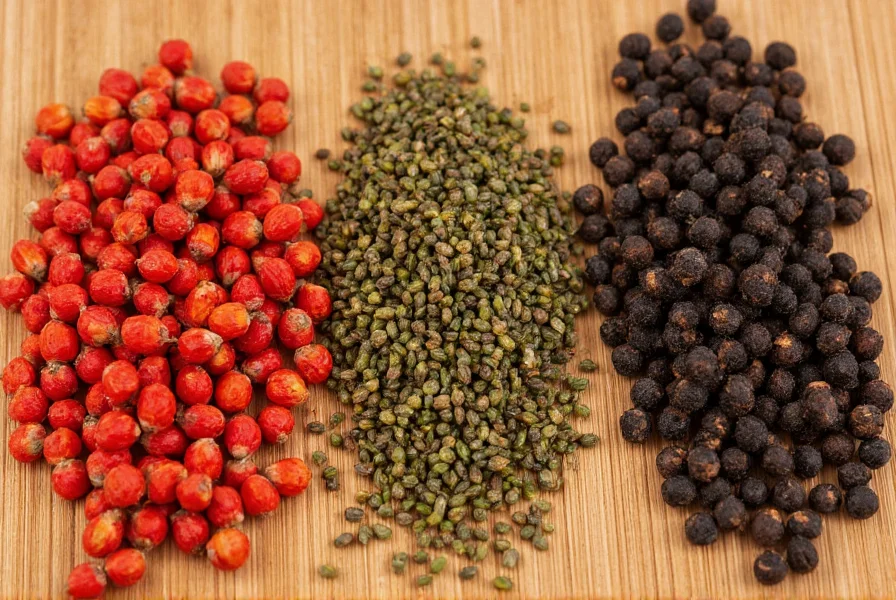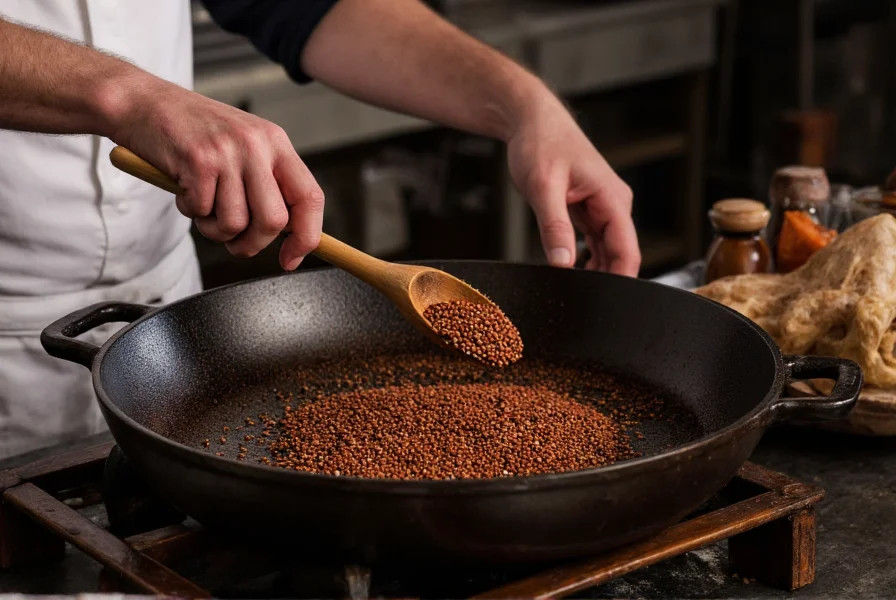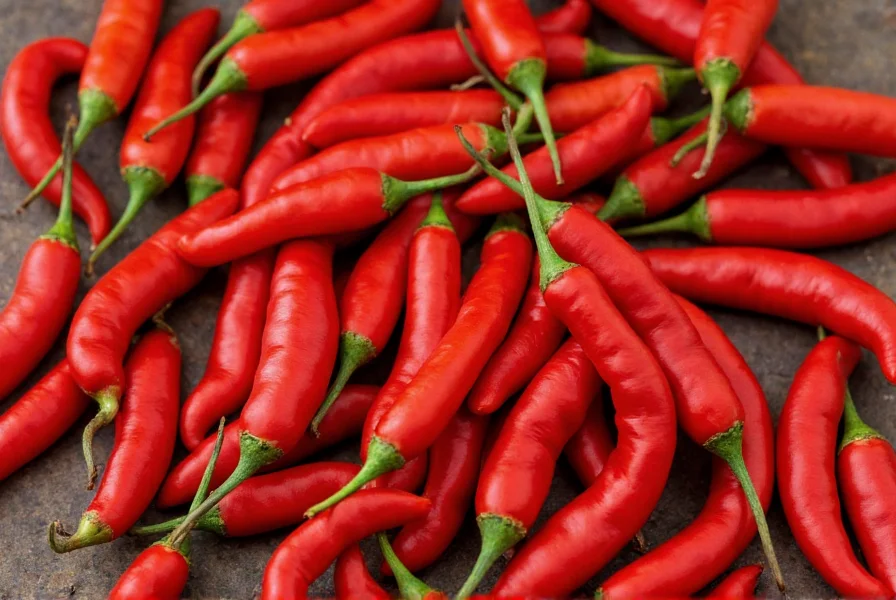When exploring what is Sichuan pepper and its culinary applications, it’s crucial to understand this unique ingredient’s botanical origins and sensory properties. Despite common misspellings like ‘schezwan pepper,’ the correct term refers to the pungent spice central to Chinese cooking traditions for over 2,000 years.

Botanical Identity and Common Misconceptions
Sichuan pepper comes from Zanthoxylum species, primarily Z. simulans (red variety) and Z. schinifolium (green variety). Unlike black pepper (Piper nigrum) or chili peppers (Capsicum), it belongs to the citrus family. This explains its distinctive lemony aroma and the tingling sensation caused by hydroxy-alpha-sanshool, a compound that stimulates nerve endings.
Many home cooks searching for how to use Sichuan pepper in recipes mistakenly substitute it with black pepper, creating inauthentic results. The numbing quality actually enhances other flavors rather than providing heat, making it indispensable in dishes like mapo tofu and kung pao chicken.
Flavor Profile and Sensory Experience
The unique sensory experience of Sichuan pepper involves three distinct phases:
| Phase | Sensation | Duration |
|---|---|---|
| Initial | Citrusy aroma with subtle heat | 5-10 seconds |
| Primary | Tingling/numbing sensation (ma) | 30-60 seconds |
| Aftertaste | Woody, slightly floral finish | 2-3 minutes |
This progression explains why professional chefs emphasize when to add Sichuan pepper during cooking – typically toasted briefly before use to maximize aroma without burning the delicate compounds.
Varieties and Quality Indicators
Understanding the differences between available varieties helps cooks seeking authentic Sichuan pepper substitutes or the real ingredient:
- Red Sichuan pepper (Hong hua jiao): Earthier flavor, traditional in western China
- Green Sichuan pepper (Qing hua jiao): More floral, citrus notes, preferred in eastern regions
- Japanese sansho: Similar but milder, often used with river fish
When evaluating where to buy real Sichuan pepper, look for whole, unbroken husks with vibrant color and minimal seeds (which can be bitter). Properly stored in airtight containers away from light, quality Sichuan pepper maintains potency for 6-12 months.

Culinary Applications Beyond Chinese Cuisine
While essential in traditional Sichuan pepper recipes, this versatile spice has gained global recognition. Modern chefs incorporate it into unexpected applications:
- Infused into simple syrups for cocktails
- Added to chocolate desserts for complex flavor layers
- Used in dry rubs for proteins alongside traditional spices
- Combined with citrus zest in vegetarian dishes
For those exploring Sichuan peppercorn flavor pairings, it complements ingredients like garlic, ginger, star anise, and fermented black beans. The numbing effect actually enhances the perception of other flavors rather than overwhelming them.
Common Substitutions and Limitations
When authentic Sichuan pepper is unavailable, these alternatives provide partial solutions:
- Asao pepper (from Nepal): Closest substitute with similar tingling effect
- Timut pepper (Nepalese variant): More floral, less numbing
- Black pepper +花椒 oil: Mimics heat and partial sensation
However, no substitute fully replicates the unique sensory experience. This explains why culinary enthusiasts researching what makes Sichuan pepper special consistently emphasize seeking the genuine article for authentic preparations.
Frequently Asked Questions
Is Sichuan pepper actually spicy like chili peppers?
No, Sichuan pepper doesn't produce capsaicin-induced heat like chili peppers. Instead, it creates a distinctive tingling, numbing sensation called 'ma' through hydroxy-alpha-sanshool compounds. This sensation enhances other flavors rather than providing traditional spiciness.
Can I use black pepper as a substitute for Sichuan pepper?
Black pepper makes a poor substitute as it provides heat without the characteristic numbing sensation. For closer approximation, use a combination of black pepper and a few drops of Sichuan pepper oil, though this still won't replicate the authentic experience of whole Sichuan peppercorns.
Why does Sichuan pepper make my mouth tingle?
The tingling sensation comes from hydroxy-alpha-sanshool, a compound that stimulates nerve endings in your mouth. This creates a vibration sensation at 50 Hz, activating touch receptors rather than pain receptors like capsaicin does. The effect typically lasts 30-60 seconds before fading.
Should Sichuan pepper be cooked or used raw?
For optimal flavor, Sichuan pepper should be briefly dry-toasted before use. Heat releases its aromatic compounds while minimizing bitterness. In traditional preparations, it's often added early in cooking for infused oils or at the end for fresh aroma, depending on the specific dish requirements.
Are there different varieties of Sichuan pepper?
Yes, the two main varieties are red Sichuan pepper (Zanthoxylum simulans) with earthier notes, and green Sichuan pepper (Zanthoxylum schinifolium) which is more floral and citrusy. Green variety typically produces a stronger numbing effect and is harvested younger than the red variety.











 浙公网安备
33010002000092号
浙公网安备
33010002000092号 浙B2-20120091-4
浙B2-20120091-4